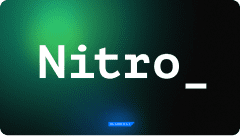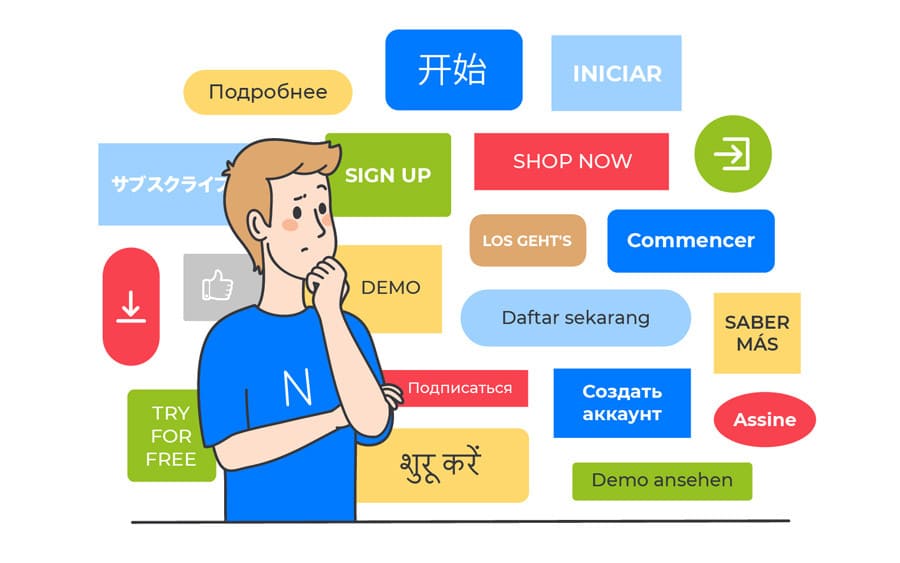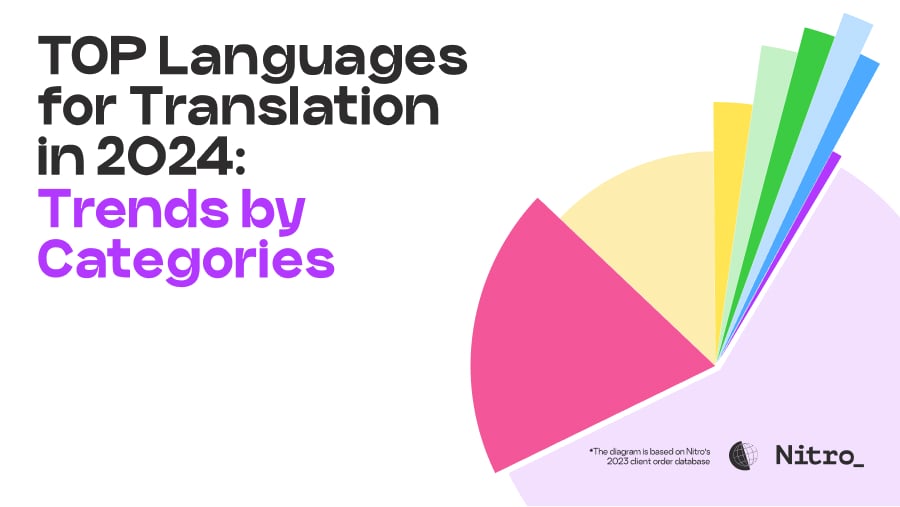Our blog is for executive teams, marketing, product, localization, and localization teams that actively support international business expansion. We share knowledge gained about localization, globalization, and culturalization to assist you in creating informed global growth strategies. Likewise, we do this by drawing on our two decades of experience running a worldwide localization company. 🌎
Poorly localized content can damage your brand's reputation, mislead consumers, and, in extreme circumstances, put you in danger of legal and regulatory repercussions. This is why every localization project needs to include a quality assurance procedure.
So, how can you ensure that your localization program is high quality?
1. Create a comprehensive localization kit
Your language-service provider (LSP) must adequately train its translators and create and distribute necessary product documentation. They must delve in and become intimately familiar with the product to translate information for you correctly.
The following details should be given to your LSP:
- references to the product,
- screenshots of your product,
- whether there are line limits,
- what kind of address to the user we use, formal or informal, etc.

2. Compile a glossary
A glossary is a specialized dictionary that provides essential product and industry terms, definitions, translations, and usage examples. Using the same terminology throughout the project helps maintain tone and word choice consistency, especially when multiple translators work in the same language.
Make a list of all the terms that are unique to your business, product, or service and that you use in your website, UI, documentation, etc.

3. Support the translation process with technology and participation
You must actively assist the localization team in their translation efforts by offering references and responding to inquiries about their terminology, context, and product features.
- The glossary defines the terminology used in the book.
- To help translators understand the context, screenshots are automatically shown next to the appropriate strings.
- Translation memory (TM) provides a translation suggestion and notifies the translator if they have already translated the same content.
- Comments allow the team to talk with the stakeholders about any queries, such as providing context or suggesting a translation option between two or more.
- Errors like QA checks flag typos or missing punctuation at the end of sentences.
- Translators get into proofreading mode and go over each string twice after finishing their work. Once everything appears in order, they authorize the strings and return the client's localized text.

4. Double-check the quality through proofreading
As an extra independent service, we advise obtaining proofreading in addition to the translation work and self-checking completed by the primary translators. You now have a second pair of eyes to review the content.
An editor "brushes up" the text during proofreading to look for any potential grammar, style, or other problems. This translator-plus-editor combination is quite helpful for customer-facing business content, such as dialogues and creative marketing copy, where the language needs to be polished and dynamic.

5. Execute a language quality assurance (LQA) post-build
Localization quality assurance, or LQA, is your quality process's last and final step. It involves launching a test version of the program and examining the texts in the live application itself. This crucial step helps prevent many issues down the road, such as broken links and text that overlaps UI elements.
As testers work through your product, they log each bug into a bug tracker, indicating the problem string, providing a detailed description of the error, and suggesting a fix.

Alconost's goal is to assist businesses in increasing their revenue in international markets by providing tech-enabled localization solutions in more than 100 languages, ranging from technical setup to creative translation.
Have an idea for a project? Let's discuss it.







